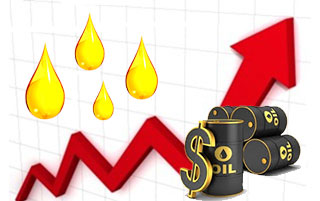Analysts were surprised to see lower than expected supply figures, higher than expected demand and narrowing oil surplus in world markets. As a result, the price of WTI has ticked up, gaining more than 70% since its February low. This is good news for investors who played the counter-cyclical investment strategy once oil hit the mid to upper $20’s, as well as a relief for markets looking for price stability, given that experts say oil prices will dip again come 2017.
Producers on the other hand, have had little respite. At current price levels, non-OPEC producers as well as high cost producers will still find it hard to turn a profit. Low cost producers such as states in the Arabian Peninsula and around the Middle East as well as Russia, will enjoy from a competitive advantage if the oil stays around current prices. This will largely depend on supply disruptions, such as the militant attacks in Nigeria and the wild fires in Canada.
Demand can also bring some additional surprises. Part of the recent price hike in oil markets is due to the fact that the IEA revised world demand figures upward by about 100,000 barrels a day. If there are better news from China and India’s economy really takes off like it seems to be doing, then it is likely that demand will rise even further, wiping out additional crude surplus.
Currencies that are heavily tied to the price of oil like the Canadian Dollar and the Norwegian Krone have gained some ground against the US Dollar following oil price adjustments. If forecasts are right, they might continue to strengthen overall against the greenback over the coming months. This is due to the fact that the price of oil is already hovering around the mark that analysts expected to see only at the end of the year, giving it room to rise further and challenge more of the assumptions that led analysts to misplace their price forecasts so far this year.




